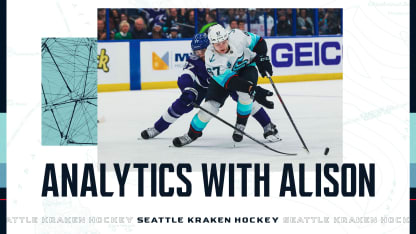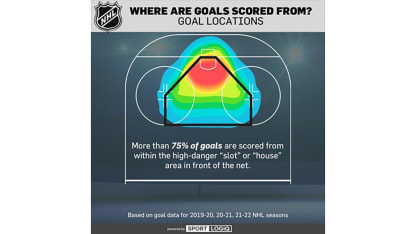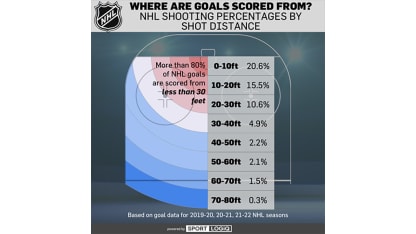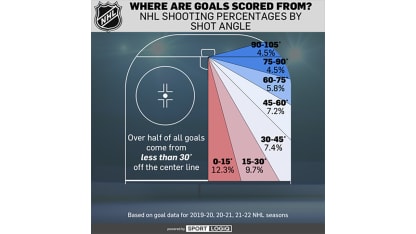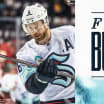The closer you are not just to the net, but also to the center line of the ice helps increase your chances. Once again, this makes sense. When one shoots from the middle of the ice, one can see more space around a goaltender and has that many more options in terms of where to place the puck. In turn, the goaltender also must cover much more space in defense. As the angle of a shot increases, a shooter sees much less of a net - so there are fewer shot locations to target. Similarly, the goaltender has a smaller area which they must defend. Often, as a goalie, if you seal up the post, you've almost completely removed opportunities for an opponent to score if they are shooting from a sharp angle.
There are so many more things that can influence the "quality" of a scoring chance and we've only scratched the surface thus far (we'll keep digging in!) But understanding the nuance of distance and angle within the high-danger areas helps us better evaluate the offensive opportunities a player or team create.
